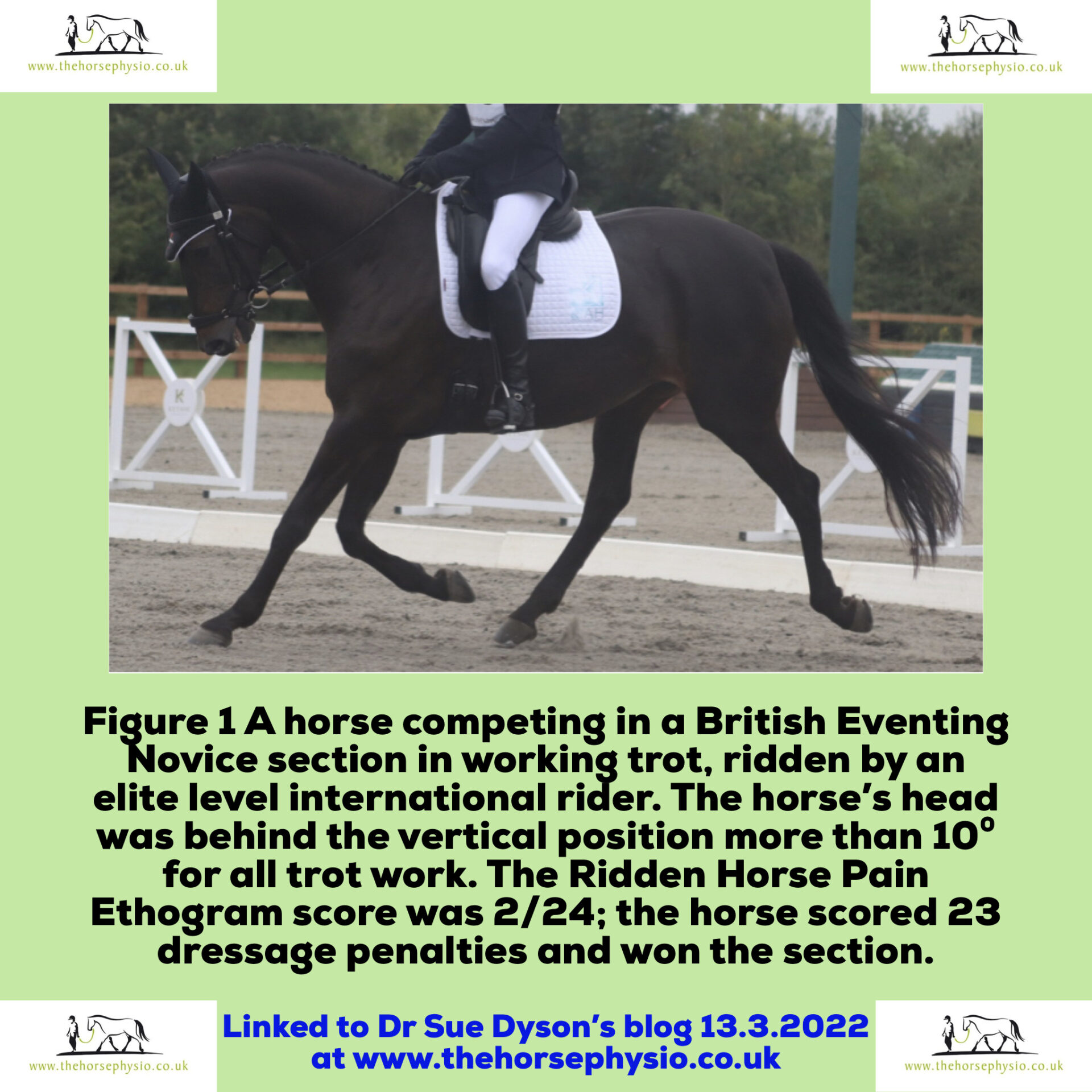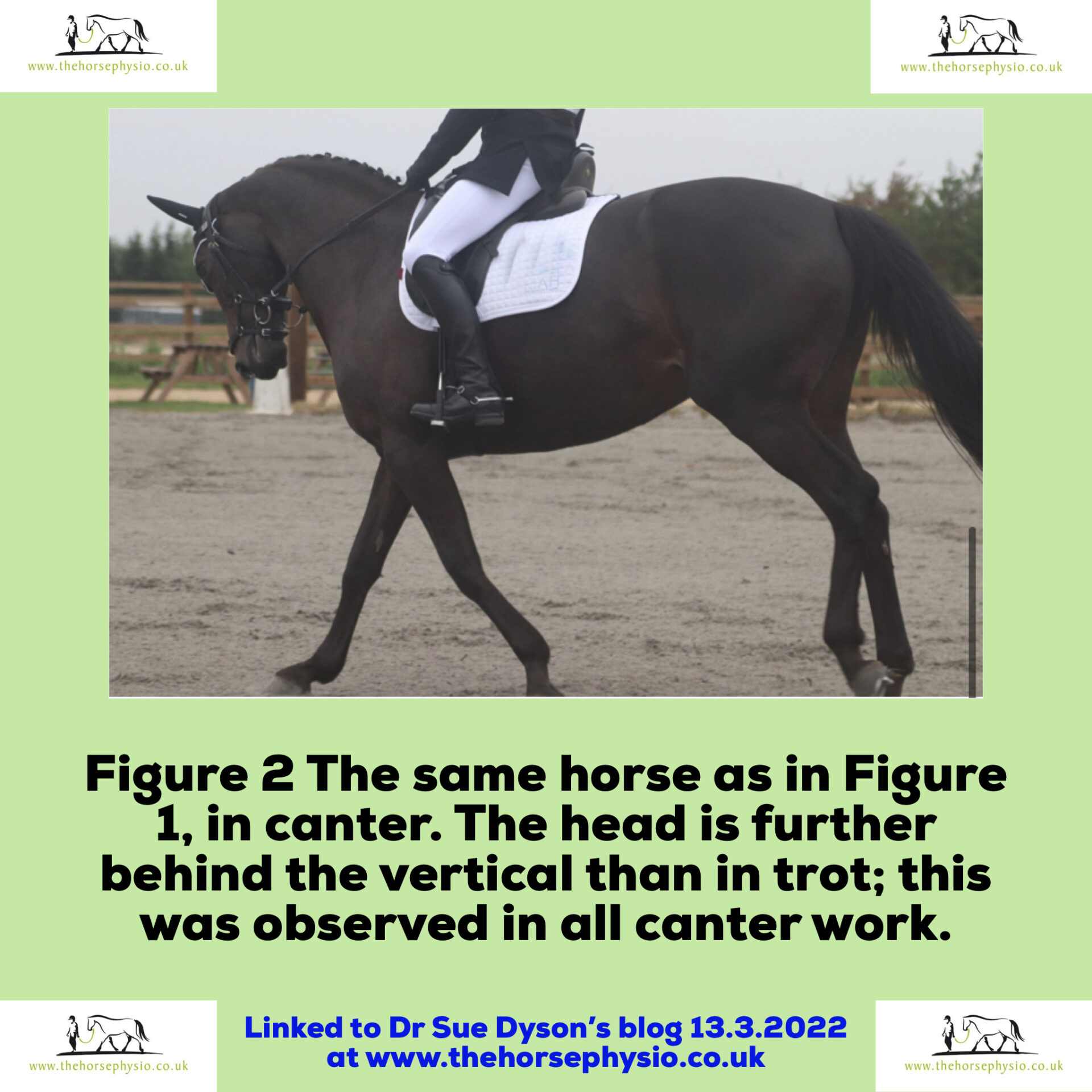
The equine industry is at a potential turning point with increased discussion about the social licence to ride and compete with horses. The welfare of horses engaged in equestrian sport is currently in the spotlight after the Tokyo Olympics and the subsequent dropping of riding from the Olympic modern pentathlon; the debate about three or four in an Olympic team, in particular for showjumping and eventing; the recent unsuccessful litigation by People for the Ethical Treatment of Animals (PETA) against the Dutch dressage rider Edward Gal for excessive use of rollkur; the Fédération Equestre Internationale’s (FEI) suspension of Brazilian dressage rider, Leandro Aparecido Da Silva, for abusing his daughter’s pony; the FEI’s suspension of American showjumper Andy Kocher for the use of electric spurs; the rapping allegations against the German showjumper Ludger Beerbaum; and the suspension of Sir Mark Todd, former world class event rider, by the British Horseracing Authority, for beating a horse during a cross-country training session. There has never been a greater need for the equine industry to act proactively to protect the future of equestrian sports.
We have previously developed the Ridden Horse Pain Ethogram (RHpE) which comprises 24 behaviours, the majority of which are at least ten times more likely to be seen in a lame horse compared with a horse without musculoskeletal pain. A RHpE score of 8/24 or more reflects the presence of musculoskeletal pain. An association between the RHpE score and performance was shown for 5 star three-day event horses. Horses were evaluated during warm-up for the dressage phase for approximately ten minutes. There was an association between RHpE scores and the presence of low-grade episodic lameness (up to grade 2/8) or abnormal canter with RHpE scores. Horses which had a RHpE score of 7/24 or more had higher dressage penalty scores, were approximately twice as likely to be eliminated or retire on the cross-country phase and had lower finish places than horses with a RHpE score of less than 7/24. Clearly there was an association between ridden horse behaviour scores and competition performance. The good news was that the most frequent RHpE score was only 4/24 which justifies the social licence to compete, although the range was from 0 to 9/24.
We then wanted to determine whether there was a relationship between RHpE scores and performance at lower levels of eventing. In 2021 data were collected for 1,010 competition starts in 34 sections: Novice n=12 (356 competition starts), BE 100 n=15 (450 competition starts) and BE 90 n=7 (204 competition starts), comprising 841 horses and 708 riders. The RHpE was applied to horses performing their dressage test, with the assessor standing to the left of the judge’s car at the MC corner. Observations were also made about the presence or absence of lameness or abnormalities of canter. The RHpE scores were compared with competition results.
Overall, the most frequent (median) RHpE score was 4/24. The median RHpE score was higher (5/24) for BE 90 competitors, compared with 100 (4/24) and Novice (3.5/24). Overall, there was a low frequency of occurrence of overt lameness (8.6%), but the lameness observed was more consistent and sometimes of a higher grade (up to 4/8) than had been observed at 5 three-day events. Moreover poor hindlimb impulsion and engagement were observed in 38.1% of competition starts and canter was abnormal in the majority (61.0%).
There was a relationship between RHpE scores during the dressage phase and performance. Horses placed first, second or third had a lower median RHpE score (2/24) compared with other horses which completed but were not placed in the top three. Horses placed in the top three had lower RHpE scores than horses that were eliminated or retired. The proportion of horses with a RHpE score ≥8/24 was lowest (2%) in those placed first to third, followed by horses with lower finish placings (9.9%), and highest in those that were eliminated, retired or withdrawn (11.3%).


The overall low median RHpE score supports the social licence to compete, but 9% of starters had a RHpE score ≥8/24, which merits concern. The high frequency of occurrence of poor hindlimb engagement and impulsion and abnormalities of canter is also a cause for concern. The head being behind a vertical position more than 10⁰ for at least 10 seconds was seen in 59% of competition starts, and in many horses the head was behind the vertical all the time. This is contrary to the principles of training and should be penalised by dressage judges but clearly is not (Figures 1 and 2). The front of the head being behind a vertical position may either relate to the way in which the horse has been trained or may be a reaction to the presence of musculoskeletal discomfort. Such a posture potentially limits both range of motion (swing) of the thoracolumbar region (back) and the ability of the horse to properly engage the hindlimbs. This may have long-term deleterious effects on muscle development and predispose to musculoskeletal injury.
The results suggest that there is the potential to improve both welfare and performance. Those horses with high RHpE scores need to be identified and undergo veterinary investigation by a equine sports medicine expertise, who is familiar with the evaluation of ridden horses. With appropriate treatment and management these horses can perform better. They become more rideable and cooperative; they become more comfortable for the rider; the rider’s posture on the horse improves and thus their influence on the horse. Moreover, improved training techniques may protect horses’ longevity in competition.
Dyson, S., Pollard, D. (2022) Application of the Ridden Horse Pain Ethogram to horses competing in British Eventing 90, 100 and Novice one-day events and comparison with performance. Animals 12, 590. https://doi.org/10.3390/ani12050590
You can access the full paper for free here.
© Sue Palmer, The Horse Physio 2021
Treating your horse with care, connection, curiosity, and compassion